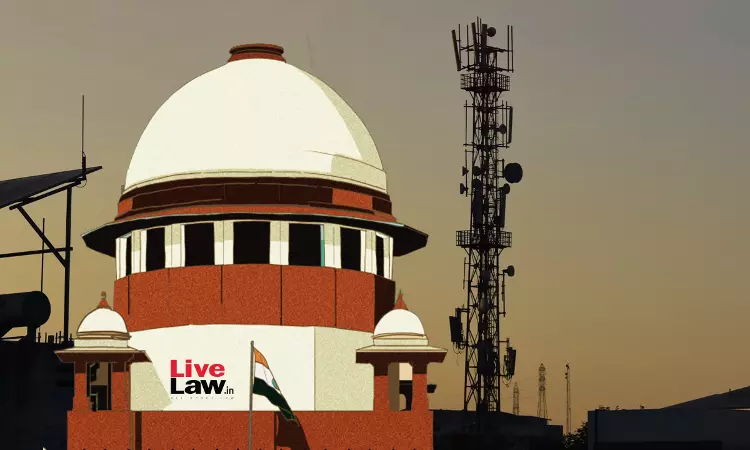Supreme Court To Hear Plea Relating To Effects Of Radiation From Mobile Towers On September 5
Suraj Kumar
19 July 2023 10:39 AM IST

Next Story
19 July 2023 10:39 AM IST
The Supreme Court on Tuesday posted to September 5 a bunch of petitions relating to the effects of electromagnetic radiation generated by mobile phone towers.A bench comprising Justices AS Bopanna and MM Sundresh was hearing appeals arising out of a Rajasthan High Court judgment which upheld a government notification prescribing a minimum distance of 500 meters for mobile towers from...
